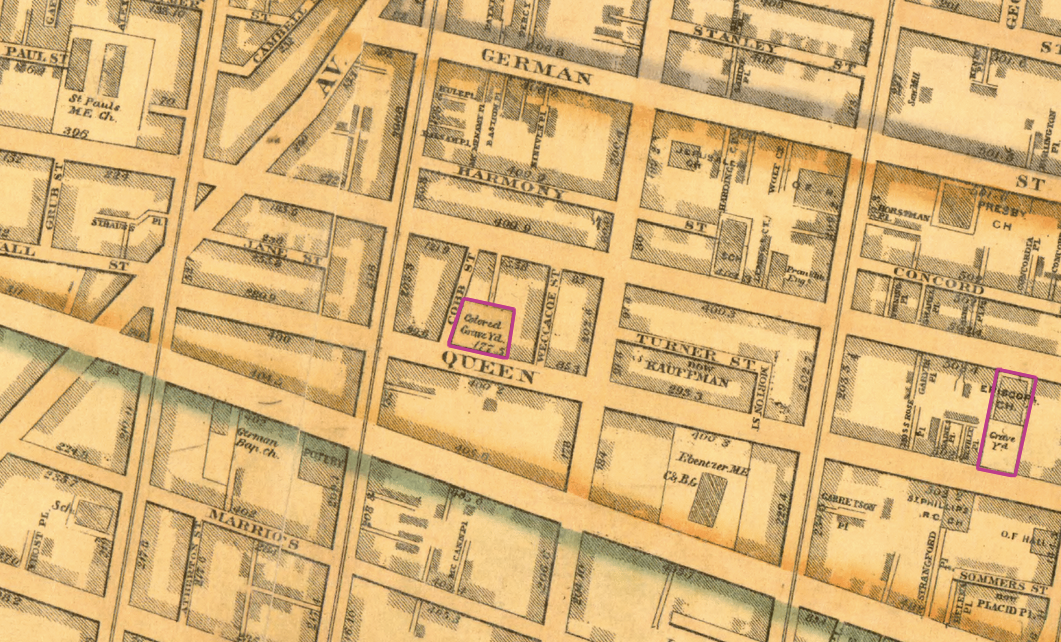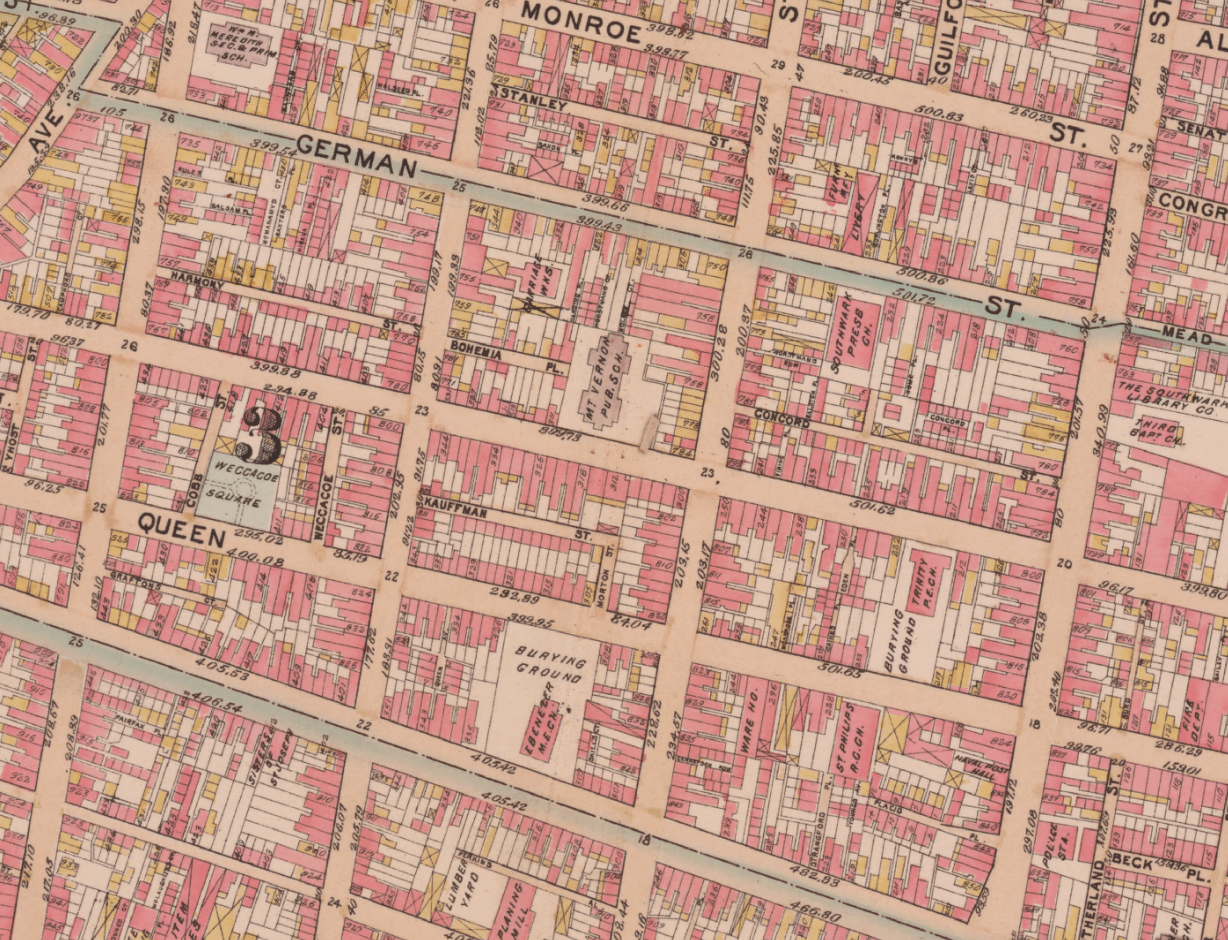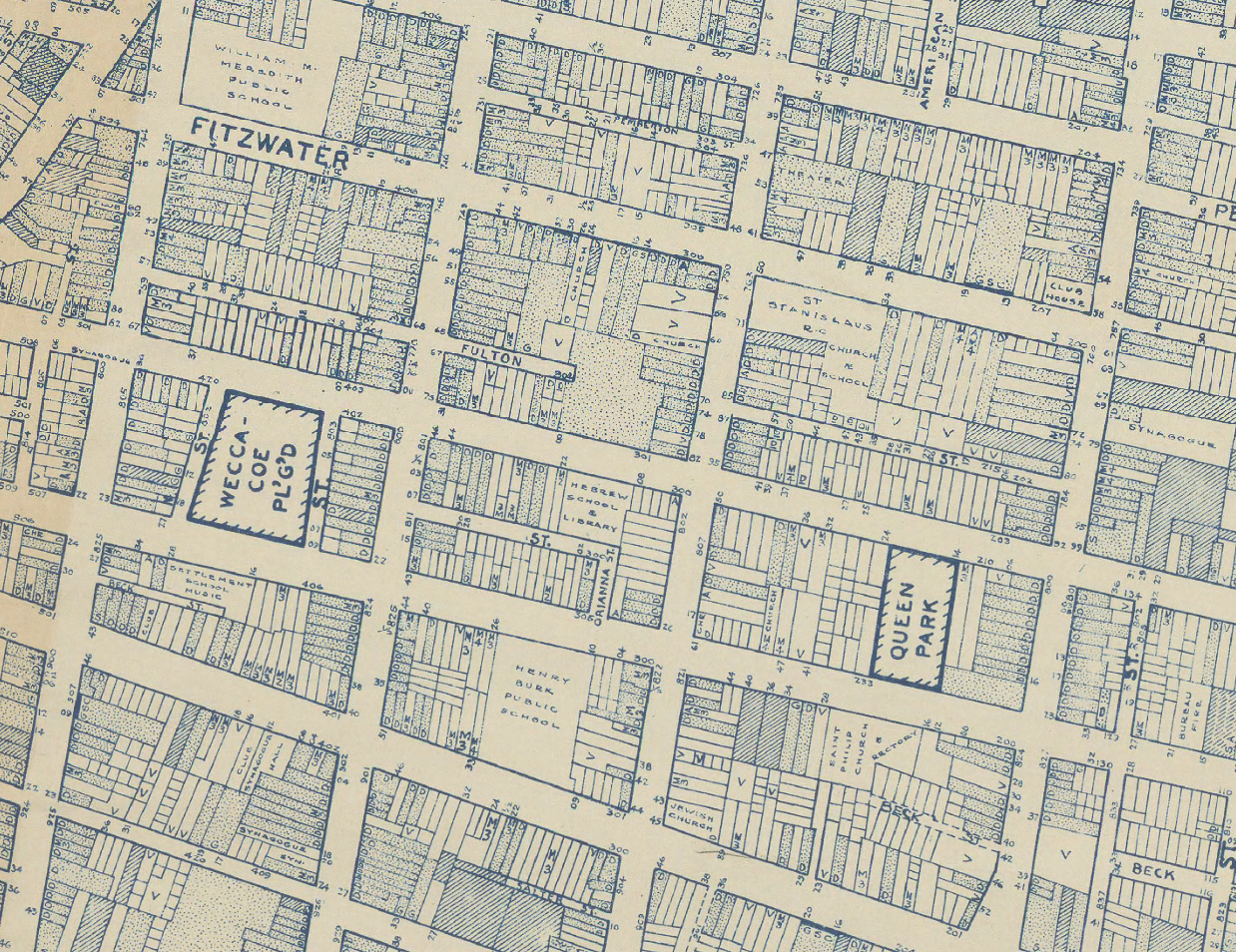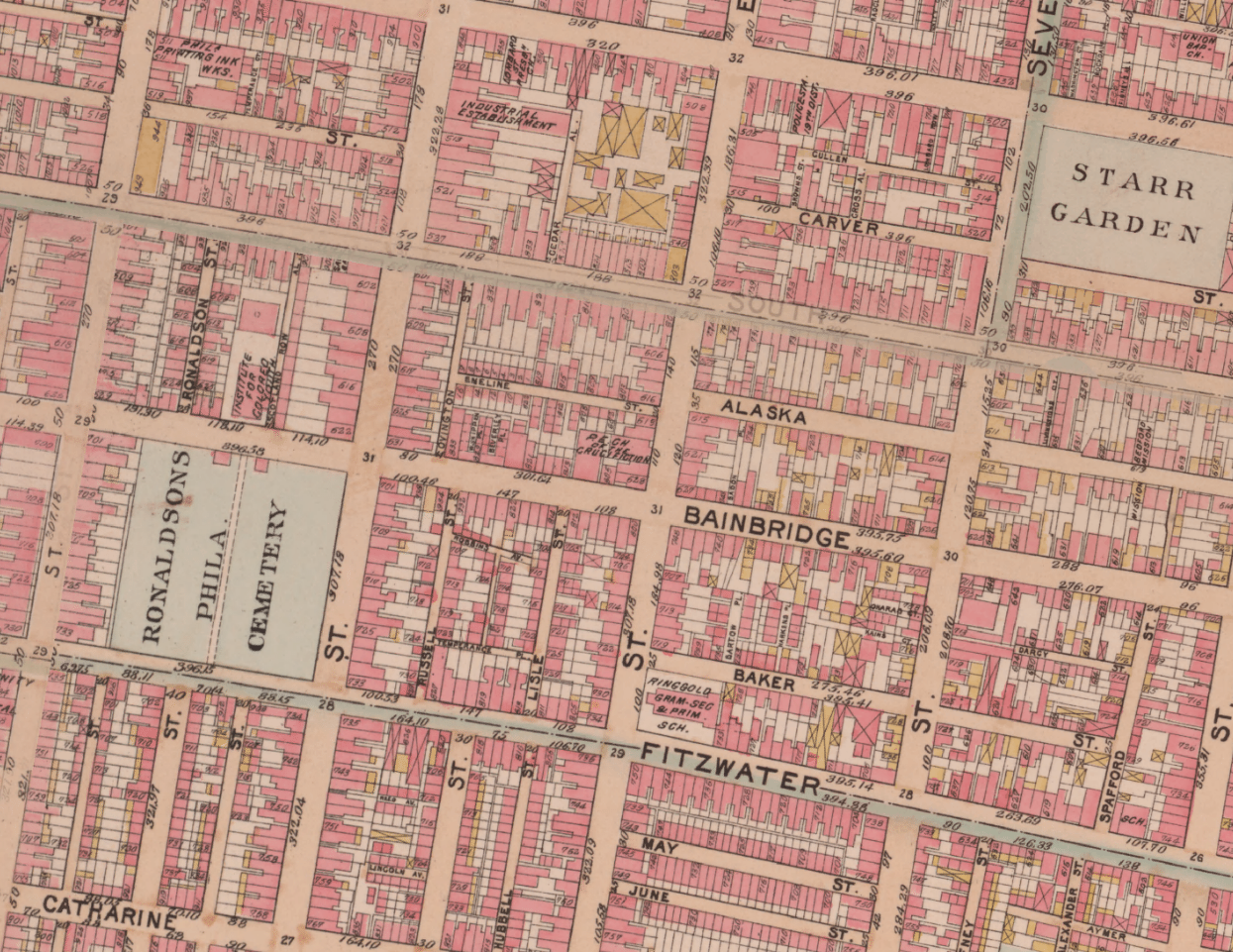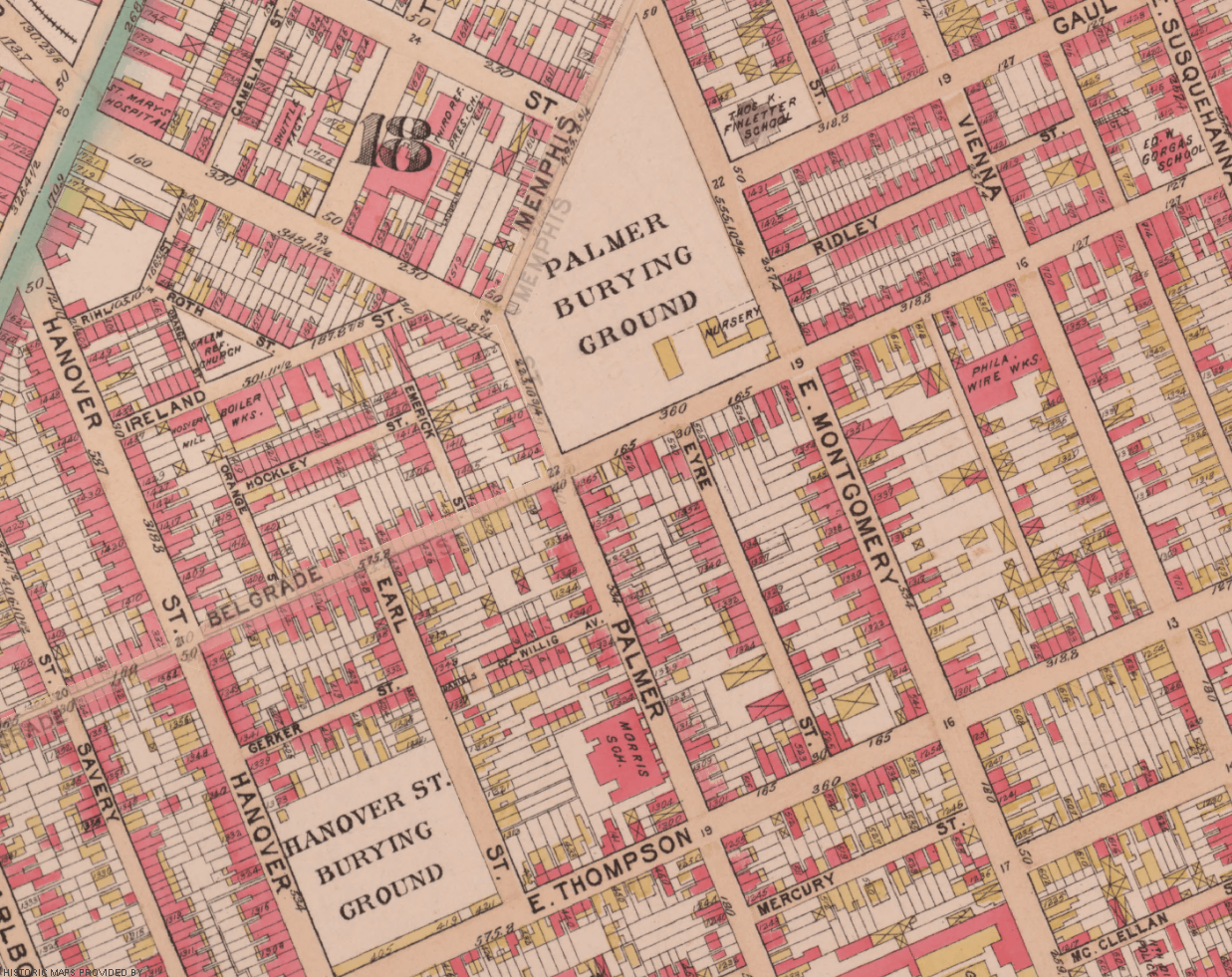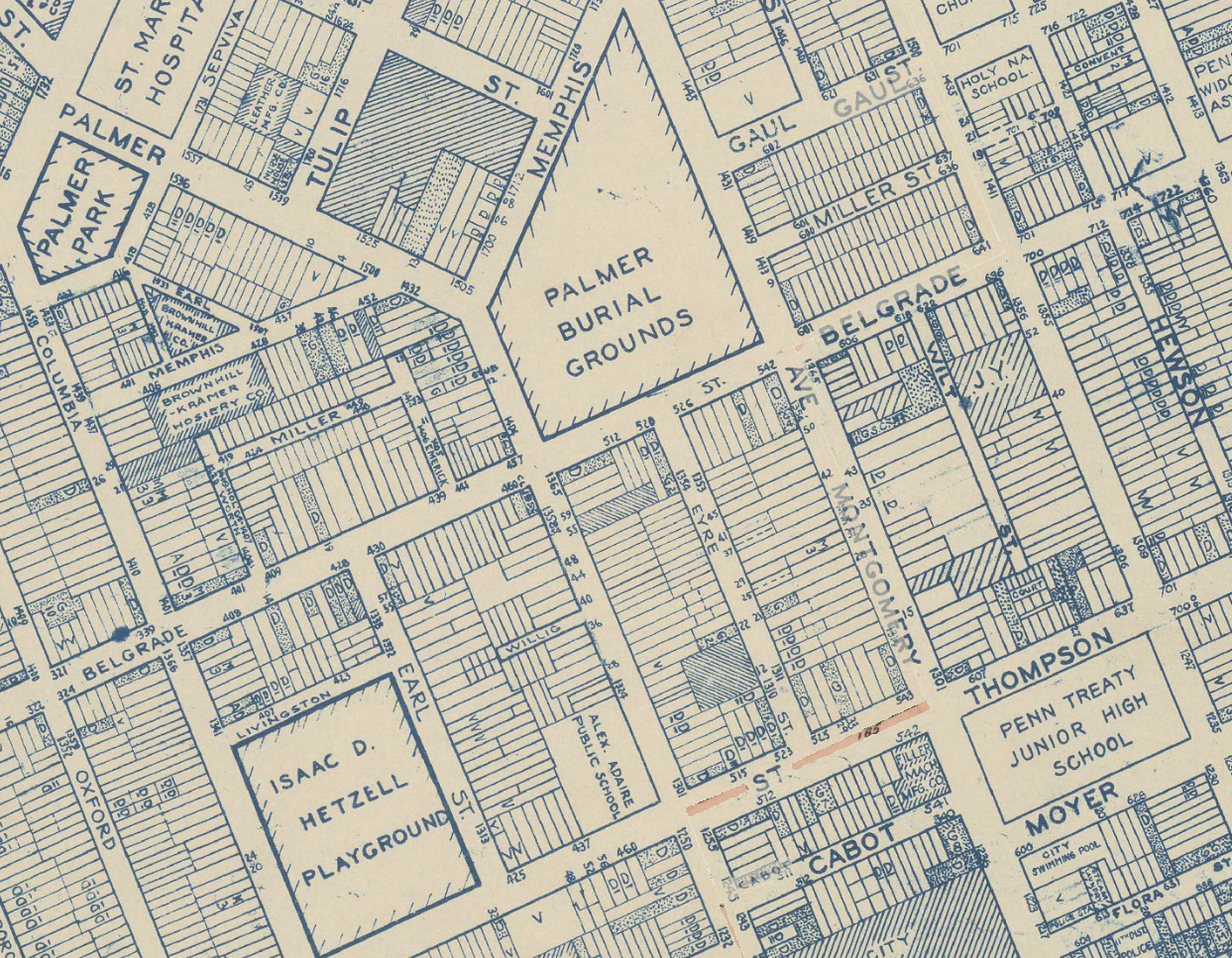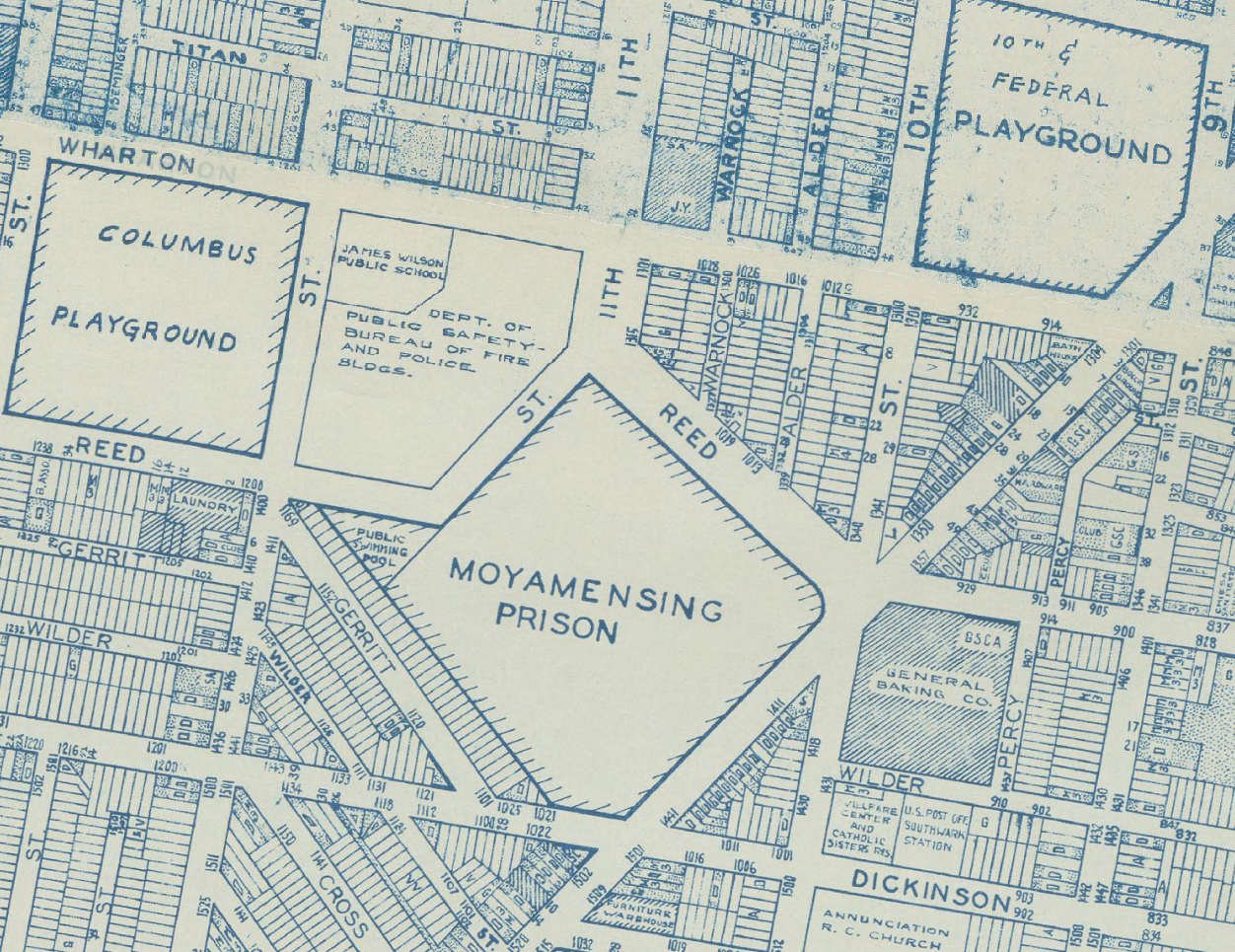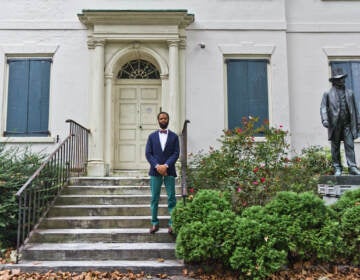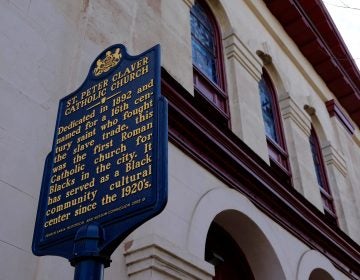Cemetery Afterlives: Green spaces often replaced burial grounds
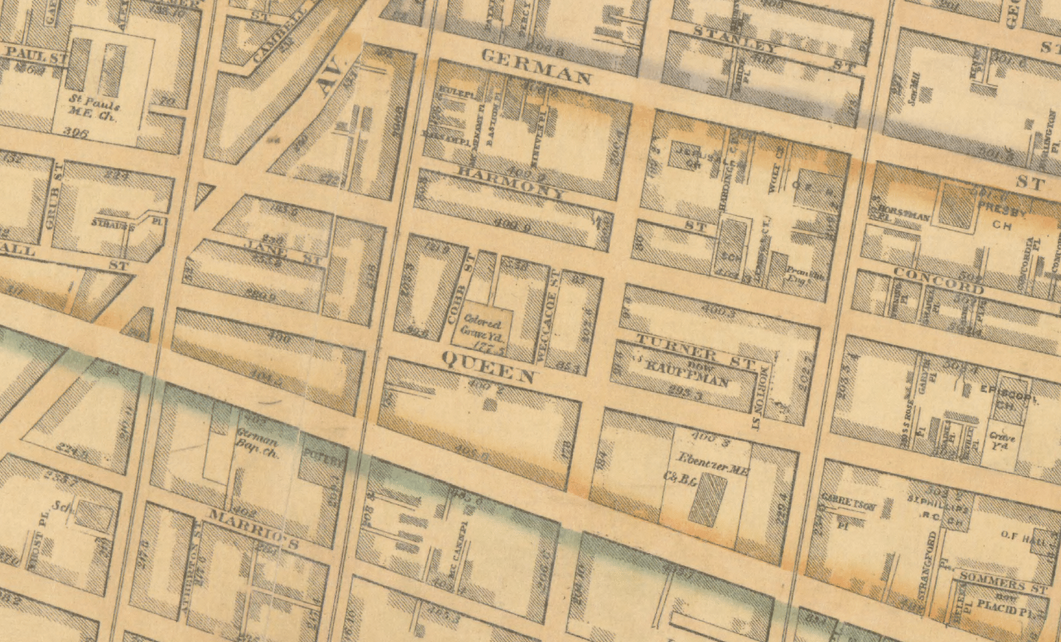
The discovery that the remains of thousands of parishoners of Mother Bethel AME Church could lie beneath Weccacoe Playground in Queen Village has been making headlines this year as the city geared up to renovate the playground.
Terry Buckalew, an independent historian, has documented at least 1,300 burials at the site from 1810-1860 including many of the church’s founders and members of an important African-American 19th century community. It’s an incredibly important site of memory and could be the final resting place of some 3,000 African-American Philadelphians. But until recently that fact has been the stuff of history books and old maps.
The site on the 400 block of Queen Street was recently listed in the Philadelphia Register of Historic Places, but the question of how to honor the remains and memory of those still interred is very much unresolved. The debate is not unlike the one that has swirled around PHA’s proposal to redevelop the Queen Lane Apartments in Germantown, which was historically a Potter’s Field for “all strangers, Negroes, and Mulattoes” who died in Germantown.
“It was the founding generation of the church, but also the founding generation of a colony, a self-sufficient colony, which is what the African Americans in the early 19th century had to be to survive in Philadelphia,” Buckalew said in a May Inquirer article. The article notes that the church sold the property to the city in 1889 for a park.
And that transition from burial ground to public space wasn’t uncommon back then. A whole generation of Philly parks, rec centers, public squares, and playgrounds were all built in older areas of the city on sites that were used as cemeteries. Typically, though not always (as in the case of the Bethel Burial Ground), the remains would be removed and reinterred in another cemetery and a public space was built in its stead.
A few examples spring to mind:
Mario Lanza Park, 200 blocks of Catharine and Queen.
Barely two blocks away from Weccacoe Playground is Mario Lanza Park. But before it became a park, this plot was the burying ground for Trinity Episcopal church. The remains from Trinity’s burial ground went to Mount Moriah Cemetery.
Palumbo Rec Center, block bounded by 9th, 10th, Bainbridge and Fitzwater streets
Ronaldson Cemetery was established in 1827 and operated as a non-denominational cemetery. The website FindAGrave notes that most of those interred at Ronaldson Cemetery were moved to Forest Hills Memorial Park in 1950 to make way for a new city recreation center.
Hetzell Playground, Columbia and E. Thompson streets
The Hanover Street Burial Grounds operated for nearly 100 years serving three Fishtown congregations until the city condemned the lot at Columbia (then Hanover) and E. Thompson (then Duke) streets for use as a playground. Today it’s Isaac D. Hetzell Playground.
Capitolo Playground, block bounded by Federal, Wharton, 9th and 10th streets
After operating for more than 100 years Lafayette Cemetery was in disrepair and condemned by the city (along with Franklin Cemetery in Kensington) in the 1940s to make way for a playground. Federal Playground (later Capitolo Playground) was part of a multi-million dollar effort to build playgrounds citywide. The remains of some 47,000 people interred at Lafayette Cemetery were moved to property owned by Evergreen Memorial Park in Bensalem in 1946, but that job didn’t exactly go as promised. The remains were buried in 32 unmarked trenches, which weren’t discovered until the excavation for a stripmall unearthed caskets.
SISTER CITIES PARK, Logan Square, 18th and Race
During the recent renovations to Sister Cities Park archaeological explorations revealed about 60 unmarked graves dating from the late 1700s and very early 1800s. It had been a potters field and burial ground for German Reformed Church until 1812. That year City Council passed an ordinance prohibiting burials in the city’s public squares.
WHYY is your source for fact-based, in-depth journalism and information. As a nonprofit organization, we rely on financial support from readers like you. Please give today.



